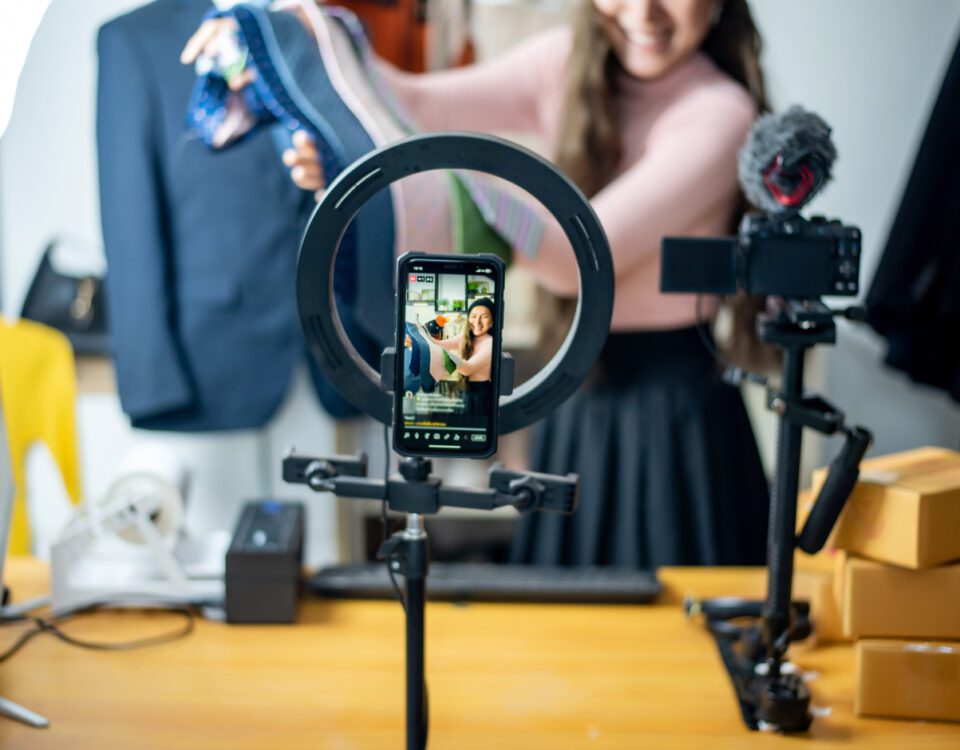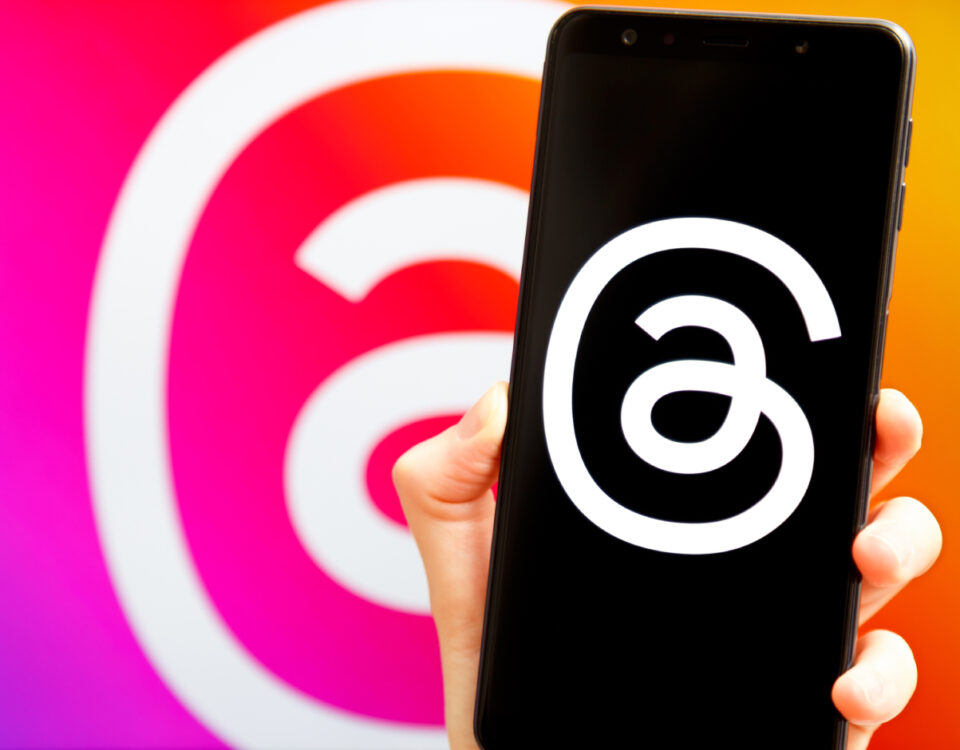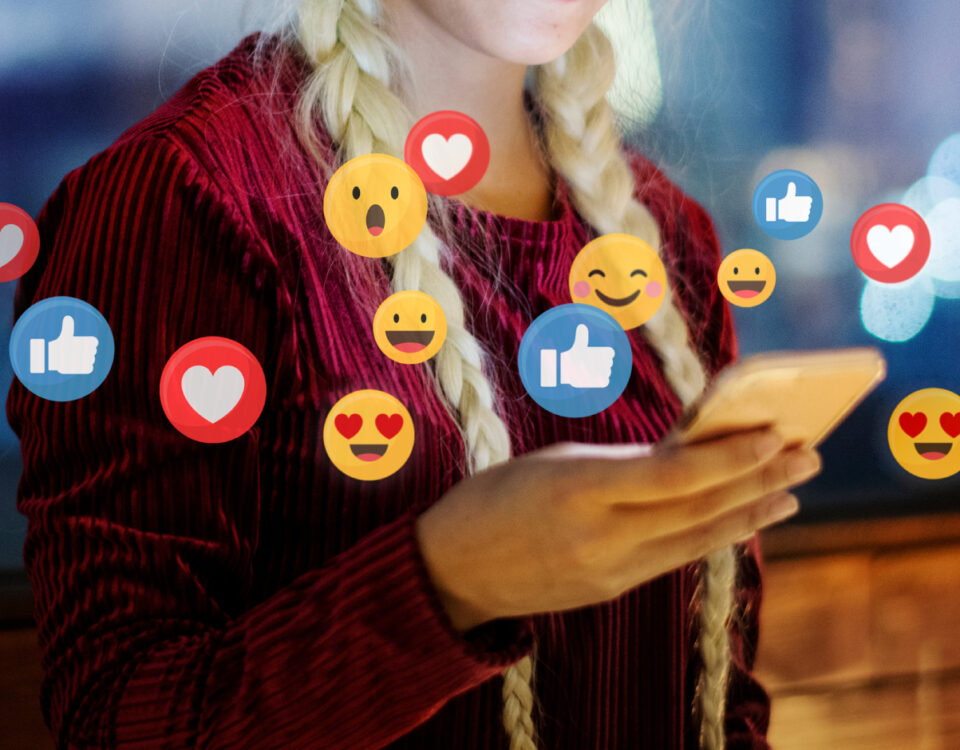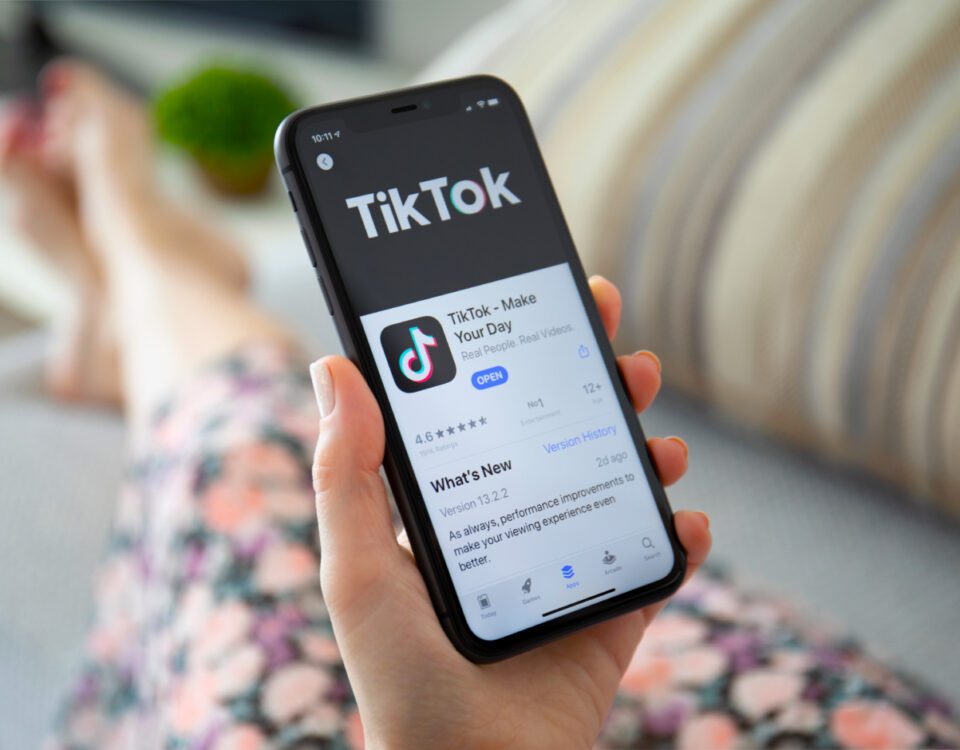Share
For some age demographics around the world, the Internet undoubtedly still feels like a relatively new concept - yet for others, it’s unlikely that they can imagine life without it. In fact, Generation Z (those born between the mid 1990s and early 2010s) is sometimes referred to as the ‘iGen’ or ‘Internet Generation’, due to its members being the first people to spend their entire adolescence in the age of the smartphone.
4.48 billion people use social media worldwide, but as a result of the varying interests, hobbies, social pressures and marketing preferences of each generation, every age group uses it in different ways. Check out this infographic from Animoto and read our investigation below to discover the wants, needs and online behaviours of your target audience.


How the Silent Generation Uses Social Media
Let’s start with the social media habits of the Silent Generation; those born between 1928 and 1945. In 2021, people from this generation are in their mid 70s to mid 90s so technology usage is understandably scarce, however recent reports do suggest a slight upward trend in the number of Silents owning electronic devices. Between 2018 and 2019, for example, smartphone ownership increased from 30% to 40% among this age group, while tablet ownership also rose from 17% in 2013 to 33% in 2019.
Facebook is a popular form of social media within this generation, most commonly used for keeping in touch with younger family members, sharing photos and taking part in video calls with their children and/or grandchildren.
When it comes to marketing, Silents tend to prefer traditional methods such as direct mail, newsletters, TV ads, postcards and flyers, so bear in mind that if your brand’s target market consists of older people, social media may not be the most effective or relatable way to reach them.
How Baby Boomers Use Social Media
Next up: Baby Boomers. Often simply called ‘Boomers’, members of this generation were born between approximately 1946 and 1964 during the post-World War II baby boom. A majority of them have an account on at least one social media site and they spend an average of 2 hours on social media per day. Like the Silent Generation, Boomers’ favourite platform is Facebook, with WhatsApp and YouTube also being popular choices.
Baby Boomers are 19% more likely to share social media content compared to any other generation, demonstrating how they like to digest and redistribute pre-existing content based on its relevance to them and their peers as opposed to creating their own.
In terms of their reaction to social media marketing, Baby Boomers generally prefer to shop local rather than buy things online and are highly likely to maintain brand loyalty, sticking with the brands and products they’ve loved for years instead of testing new ones. Boomers choose to visit a company’s website or continue their research via a search engine after seeing something they like on social media and are unlikely to make a purchase straight away without any further inspection.


How Gen X Uses Social Media
Generation X is made up of people born between the mid 1960s and early 1980s. They’re the second most prominent generation on social media - Facebook is their first choice platform followed by WhatsApp and Instagram. Gen X hasn’t inherited the ‘selfie culture’ most associated with younger social media users and its members don’t like to broadcast their lives too much, with only 24% claiming to share personal updates and photos of themselves.
Gen Xers prefer honest and clear marketing messages and they value their independence. Like Baby Boomers, they make smart purchase decisions after conducting careful research, which is most likely why 68% base their shopping decisions on online reviews. They don’t like being bombarded with ads, preferring to find information alone and build connections with brands via social media and email organically. Great customer service is also very important to them and is what incentivises loyalty within this age group.
How Millennials Use Social Media
Between the early 1980s and mid 1990s, Millennials were born. This generation is generally considered to be more educated and technologically advanced than its predecessors, with its members being more adaptable as they’ve experienced life both before and after the advent of the Internet. They are often classified as ‘early adopters’, meaning that because they’ve witnessed so many changes over time, they’re used to giving products and services a try before the rest of the market.
The top 3 reasons Millennials use social media are to stay connected with their personal and professional connections, to relax and watch entertaining content, and to find and buy products. They are however suspicious of being sold to or lied to by brands, preferring user-generated content, social selling and word of mouth - so, like Gen Xers, they like to read customer reviews.
Millennials’ favourite platforms are Facebook, Twitter, YouTube and Instagram. In fact, they make up the largest proportion of Twitter’s user base at 61%. They care about the world and social issues, perhaps more so than other generations, and they like to keep up to date with what’s going on in order to avoid experiencing FOMO (fear of missing out). The concise, fast-paced nature of Twitter content is perfect for fulfilling their need to stay aware of current trends. Similarly, Instagram enables Millennials to consume short-form content during breaks from their work and they use it to share their on-the-go lifestyles with their followers.


How Gen Z Uses Social Media
Finally we arrive at Gen Z, colloquially known as ‘Zoomers’. People from this group were born between the mid 1990s and early 2010s, and as mentioned before, they are the first generation to have grown up with access to the Internet and portable technology from a young age, making them digital natives.
Despite always being online, they’re actually the least likely group to follow brands on social media, preferring to build connections with their existing communities and with influencers, whose buying advice they trust more than businesses. 79% of Zoomers say they would indeed purchase an item after seeing an influencer recommendation.
Members of Gen Z love Instagram, TikTok and Snapchat and they particularly enjoy short-form video content as it best suits their attention spans. While they do like to keep up with celebrities and pop culture, they would rather see real people in authentic situations, disliking ads that make life look perfect. Going viral is a huge opportunity within this generation, with nonsensical memes, abstract humour and micromoment posts often skyrocketing into popularity overnight, especially on platforms like TikTok where content has an extremely short lifespan.
However, while it’s certainly true that Zoomers are big fans of lighthearted content, they care massively about inclusion, diversity and education too. 76% feel that these are important topics for brands to address, with a further 51% agreeing that they would like to see brands incorporate more diverse casting and imagery into their advertising and branding. People from this generation are also not afraid to voice their support for important causes such as LGBTQ+ rights and the Black Lives Matter movement, using their social media platforms to share resources, highlight injustices and even arrange protests.
Summary
Generational differences in social media habits are definitely intriguing and whether you’re a casual browser or brand manager, it’s interesting to gain insights about the preferences and expectations of each age group. Businesses that are attentive to the needs of their desired demographics can unlock new levels of growth and ensure that their marketing efforts are effectively reaching their audiences. How might these behaviours change going forward? What do you think the future holds for Generation Alpha?









